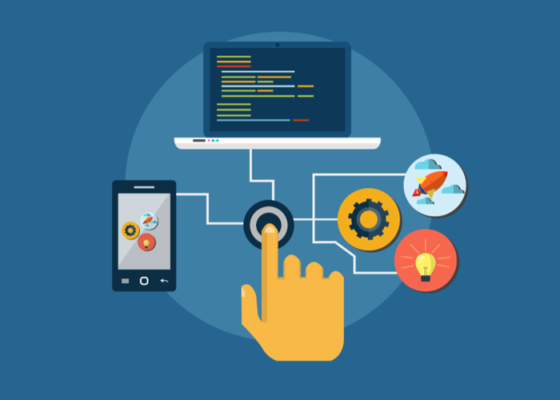
Strategies to Achieve Automation@scale for Mobile App Testing
Last updated on April 7th, 2024 at 12:53 pm
Mobile apps have filled our lives with convenience, speed, information, and problem-solving. Mobile apps are a huge example of digital transformation experienced by the entire world, such that it is difficult for any millennial to survive without a smartphone. With high dependency comes the responsibility to deliver high-quality apps and any dynamic requirements should be fulfilled quickly. Hence all the app-centric organizations are focusing on technological solutions that are faster and qualitative.
Constant efforts have been made to achieve speed@quality as far as mobile app development is concerned but, over the time they have realized that automation and parallel testing is not the key and in fact, it’s just a trap, scaling of devices will help. In this blog, we will see what’s automation@scale and discuss the strategies to achieve automation@scale.
What is auomation@sacle?
Increasing the speed of testing is almost impossible to achieve with manual testing hence for achieving automation testing in many devices at the same time, a physical device lab having a set of real mobile devices is formed and then as per the requirement, the devices are added to perform automation testing. This practice is known as scaling.
Strategies to achieve automation@scale for mobile application testing
Use a cloud platform to manage devices and solve device fragmentation
The OEMs keep on launching devices with new features and new OS versions. While developing apps you need to make sure that the app works on all the devices with gazillion device combinations and variations like the Os and Os versions, Os and browser versions, browser and browser versions, different screen sizes, screen aspect ratio, form factor, etc. So testing an app until it meets all the types and combinations of device variations, requires great time and effort. Hence you need a device lab that can contain a huge set of mobile devices that can withstand all the device and os combinations available in the market. Constructing a physical lab is indeed a time and cost consuming hence a cloud device lab can prove a boon which we can easily scale up or down as per the requirement.
Managing a centralized device lab that can be accessed from anywhere and anytime
Having teams geographically miles apart is quite common nowadays. Constructing a physical device lab needs great effort and time and costs millions of dollars. Having a centralized device lab which can be accessed from all parts of the world is the need of the hour. Having a common lab with all the types of devices would facilitate healthy collaboration. A cloud device lab is not less treasure for teams in different geographical locations. They can access it at any time and also important docs like test analytical reports can be distributed at any time. It also gives the flexibility of working hours. At the time of urgent client meetings or even team meetings can be held at any time. The physical attributes of mobile devices may vary from one country to another hence we can easily add those devices in one physical lab and access the cloud platform from any part of the world. This provides easy scaling of mobile devices for teams working in different locations in the world.
Parallel testing
In parallel testing, we can test a single app on multiple devices. We are well aware of the dynamics of the mobile app industry where OEMs keep on launching devices and OS of various versions. To ensure an app that it would work on all the devices available in the market, we need to test it on multiple devices. Hence here, parallel testing increases the speed of testing by multiple folds by allowing testing of an app in multiple mobile devices.
Easy integration of automation framework in Cloud Platform
From all the above examples we have seen how imperative a cloud platform is for scaling mobile devices in a testing platform. But when it comes to integrating your device with the cloud platform it is definitely not a cakewalk. The automation framework consists of multiple scenarios and integrating a cloud platform requires calling of all the APIs in the framework. It is not possible to make changes in a great number of scenarios in the automation framework.
Read Dive is a leading technology blog focusing on different domains like Blockchain, AI, Chatbot, Fintech, Health Tech, Software Development and Testing. For guest blogging, please feel free to contact at readdive@gmail.com.
